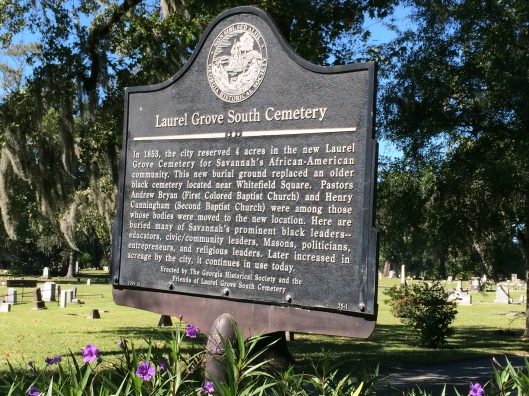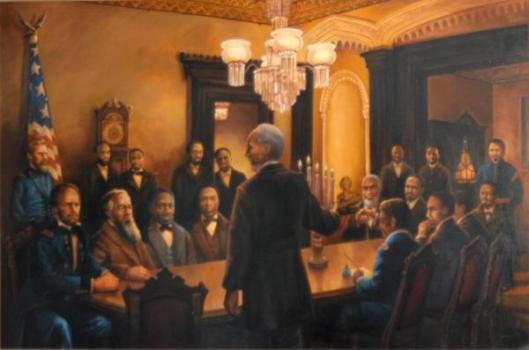It’s Halloween! Tonight thousands of children will be knocking on doors, begging for candy. Jack o’ lanterns will glow on front porches. Grownups will cavort in crazy costumes at wild parties. Ghost stories will be told. Does anyone else remember the one about the Golden Arm?
Horror movies will dominate TV programming. My favorite? Stanley Kubrick’s The Shining tops the list. Watching Jack Nicholson slowly lose his mind while a chain-smoking Shelly Duvall tries to cope is riveting.

Shelley Duvall starts off as a meek, cheerful wife and mother in The Shining but soon finds herself thrown into a nightmarish situation at the Overlook Hotel.
All of this leads me to a question that I get asked quite a bit:
“Do you talk to the spirits when you’re out at the cemetery? And do they talk to you?”
The short answer is no. As I’ve said before, my faith is in Christ. Not Ouija boards or seances or things like that. Psychics and the like don’t interest me. I believe in the Holy Spirit, not the spirit world some people talk about.

Ouija boards have been around in the U.S. since the 1840s. Hasbro currently owns all rights and patents to them. Mental Floss has a well-written history about Ouija boards worth reading.
However, sometimes, things do happen that I can’t explain.
When I visit a cemetery, I sometimes (not always) get a “vibe” or a feeling about it. Most of the time, it’s a positive one. I like to think that those who are buried there are happy to have some company. To have someone read their names and the dates in which they lived.
To know that someone came to pay their respects to their memory.
Sometimes I do ask for help when I am trying to locate a grave. This happens most often at large cemeteries with big sections in which I have to go up and down the rows looking for a name. This can take quite a long time.
My method is really simple. I just ask, “Okay, (name of person), if you want to be found today, you’re going to have to tell me where you are. Can you help me out?”
Fortunately, nobody has ever audibly answered me!
My success rate is good, although some days my quest has been a bust. More times than not, I have felt almost led to where I needed to go. Especially at Westview Cemetery. Maybe because I’ve spent so much time there looking for graves.
Or maybe it’s the Holy Spirit guiding me. That’s the only kind of spirit I truly believe in.

I was looking for Effie and her sister (who was not far from her) and sure enough, she was under the tree I felt drawn toward.
Last week, I was at Westview looking for a woman named Effie. I had already “hopped” a few rows when I kept noticing a few short rows under a tree near the middle of the section. My logical mind told me to stick to the rows I was walking but as I was about to leave that area near the tree, I decided to go back to look.
Sure enough, that’s where Effie was. Nearly covered in acorns and dead leaves, but she was there.
Last year, I shared how I found the grave of children’s author Madge Bigham. This also happened at Westview. I really wanted to find it.
I had walked almost the entire section and was ready to call it quits. Only because I stepped on a subtle indentation in the ground and felt something solid did I know a marker was there. And I almost kept going. But I felt the need to stop, to crouch down and start digging. That never happens.

Madge Bigham’s simple, flat grave marker lay hidden under grass and dirt until I found it. Since this photo was taken, it’s been “weed whacked” and looks much better.
Under a thick layer of grass and dirt was the small flat marker for Madge’s sister, Eugenia. Next to her was Madge, another sister, and a brother. All of them were covered up. Had I given up as I had wanted to, I never would have found them.
There’s only one occasion where I clearly thought I needed to leave a cemetery. It stands out in my memory vividly.
I was in a part of the metro area I had rarely been before that has an iffy reputation. Normally, that doesn’t bother me because I am good at being aware of my surroundings. Westview is located in an area known for crime. But from the moment I got to this particular cemetery, something felt wrong.

Bethel Community Cemetery seems perfectly normal. But I didn’t like the feeling I got when I was there.
Bethel Community Cemetery is located between a busy main road and a railroad track, so it isn’t isolated. But at the time, I felt like I was being watched.
I tried to ignore it as I “hopped” the rows quickly. I found the grave of a relative of the person I was looking for under a bush. A nearby marker that was unreadable and nearly eaten up by the same bush was likely my target. So I took a few pictures and stood up.
Whether it was God or my gut instinct, I don’t know. But something inside me said to get out of there. So I got in my car and left. And never went back.
While it may disappoint some of you, I don’t give much thought to spirits when I’m out at a cemetery. I think if I spent my time thinking about them, it would distract from the purpose I’m there for in the first place and that’s to find a grave. It’s hard enough to accomplish while trying to avoid stepping in ant hills while scanning stone after stone for names.
I think if I did dwell on it, I might send up scaring myself silly like I do when I’m watching The Shining.
Happy Halloween, y’all. 🙂







































